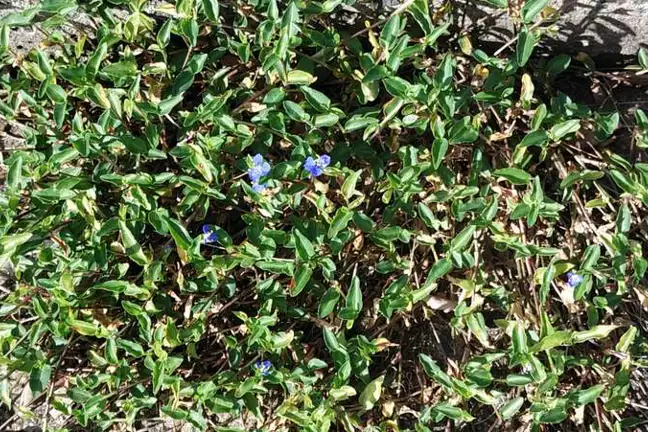Wandering Trad Control in Your Garden
Tradescantia fluminensis
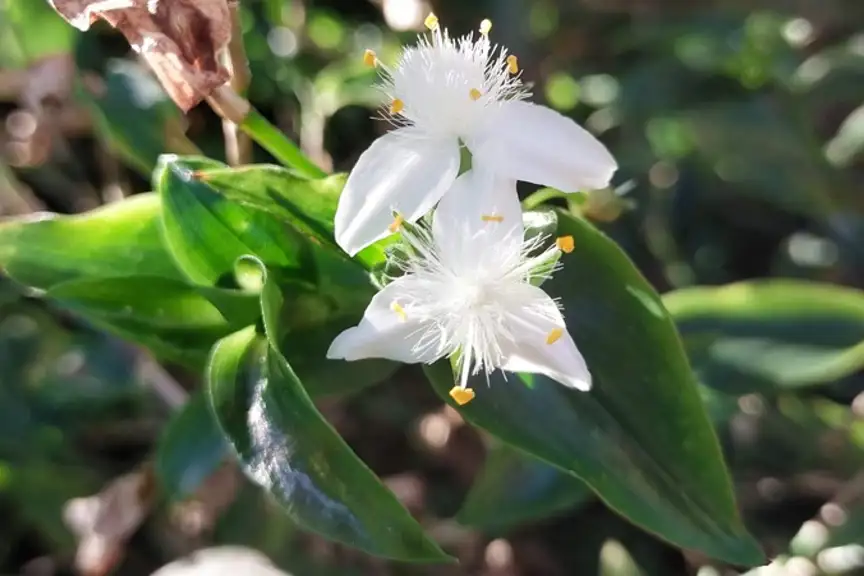
Tradescantia fluminensis

For small infestations, it is possible to manually remove the weed from the ground. Ensure all parts of the plant are removed, otherwise it will reshoot.
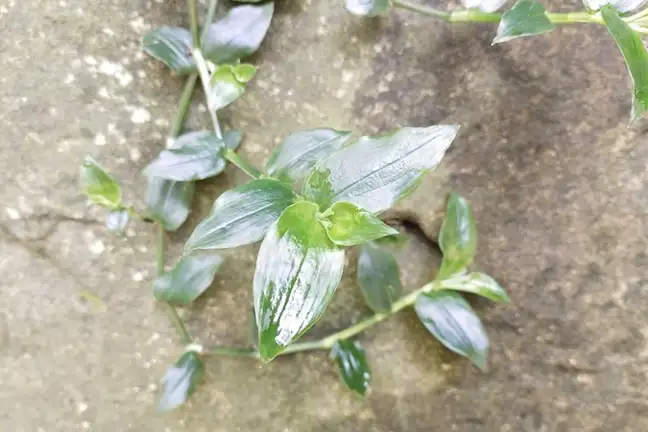
If a spray is required, use Yates Zero Ultra Tough Ready-to-Use. Apply to actively growing plants, spraying all foliage until just wet. Repeat treatments may be required.
Wandering Tradescantia or Wandering Trad (previously known as Wandering Jew) is a common and widespread weed of gardens, rainforests, bushlands, and creek banks. It grows into a dense mat, where it smothers the ground and outcompetes native vegetation. It is native to South America and is likely to have been introduced as an ornamental plant for pots and gardens. Due to its spreading growth habit, it quickly escaped and invaded neighbouring areas. Wandering Trad can be mostly found growing in shady areas with moist, nutrient-rich soils. It does not tolerate frost or drought conditions.
Wandering Trad is a semi-succulent, low-growing perennial that grows to 0.3 m tall and up to 2 m wide. The soft, fleshy stems are heavily branched with prominent nodes (the bump along the stems where leaves emerge). Leaves are smooth, glossy green and oval-shaped to a point. They are known to cause skin allergies in humans and dogs. Clusters of small, white, three-petalled flowers appear near the ends of branches from spring to summer. Fruit and seeds do not form in Australia but Wandering Trad does not rely on seeds for dispersal.
Trad spreads vegetatively – by each node along the stems root, when it contacts the ground – allowing it to grow into a dense ground cover. As such, it can be difficult to control manually as it readily reshoots from stem fragments that have either been left in the soil or allowed to sit on soil after it has been pulled out. The most common spread of Wandering Trad in suburbs is through dumped garden waste and machinery such as lawn mowers and slashers. In forests and along creek beds, clumps can break and spread with the flow of water.
While Wandering Trad is a serious environmental weed, there are cultivars such as Tradescantia 'Tricolor' and Tradescantia 'Albovittata' that are popular house plants. Similarly, Tradescantia zebrina and Tradescantia pallida are also used for indoor display. They can all spread in the garden, so ensure they are well contained in pots. Do not dispose of any cuttings or browning plant material in the garden or compost.
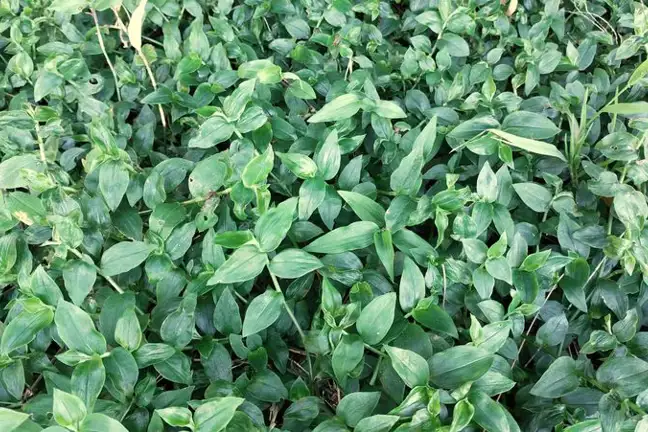
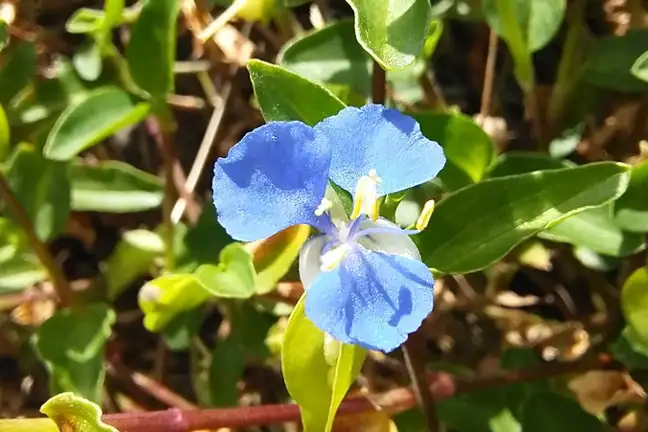
Wandering Trad is sometimes confused with the native plant Commelina cyanea – also known as Scurvy Weed and Native Wandering Jew. This plant is much less invasive than Wandering Trad and is not an environmental weed. If you find it bothersome in the garden, simply remove by hand. Otherwise, allow it to naturalise as a pretty and low maintenance groundcover in your garden.
